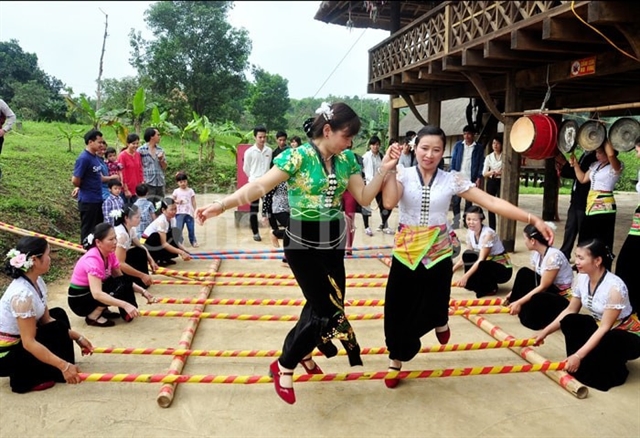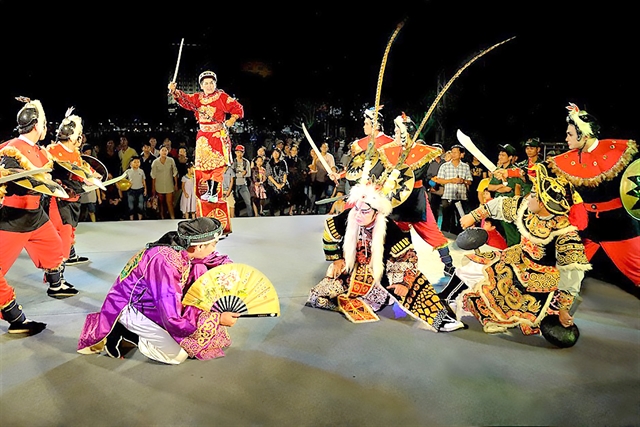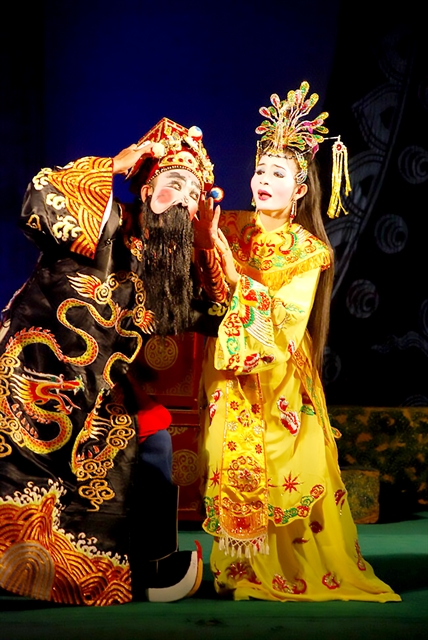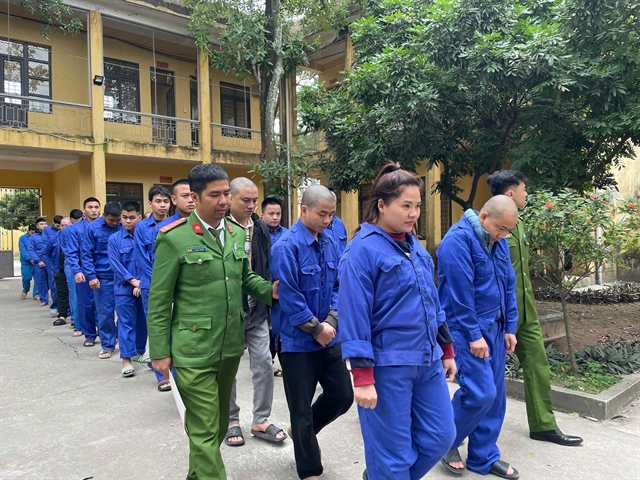 Life & Style
Life & Style

 |
| CLASSIC THEATRE: Tuồng performers work hard to keep traditional theatre alive. Photo courtesy of HCM City Theatre’s Association. |
HCM CITY— HCM City and the city of Quy Nhơn of Bình Định Province have co-operated on a new project to preserve the values of tuồng (classical drama), a traditional genre of Vietnamese theatre that began in the 17th century.
Under the 2022-2025 project, tuồng troupes and artists will receive financial and human resource support to perform, record, shoot and release content online. The money will come from local authorities and theatre associations.
Local authorities will work to integrate performances of tuồng with other cultural activities, festivals and concerts in order to create opportunities for the artists to expand their art.
State-owned and private theatres and entertainment centres will be encouraged to produce DVDs of tuồng performances for release online to keep the art alive.
Books on the history of the art will also be published and offered in libraries, museums and schools as a way to bring the art closer to young audiences.
 |
| SOUTHERN CULTURE: HCM City and the city of Quy Nhơn of Bình Định Province work together to introduce young people to tuồng, a traditional genre of Vietnamese theatre that began in the 17th century. Photo courtesy of of HCM City Theatre’s Association. |
“Our project helps to provide young people with the knowledge of tuồng, a symbolic form of Vietnamese theatre that originated in the central region and expanded in southern Việt Nam, particularly in Mekong Delta provinces,” said Tạ Xuân Chánh, director of Bình Định Province’s Department of Culture and Sports. “If we don’t worked out urgent solutions and policies, many forms of Vietnamese traditional art, including tuồng, will be gone.”
In Bình Định, cultural authorities have offered new policies and projects to help tuồng artists expand their art.
Plays and performances that offer the true and unique style of tuồng have been introduced through art programmes launched in local schools. Students can learn traditional songs, tunes and dances used in tuồng.
The state-owned Bình Định Traditional Theatre offers many shows and performances of tuồng and bài chòi (folk singing), which was honoured by UNESCO as an Intangible Cultural Heritage of Humanity in 2017.
According to Chánh, tuồng developed from a folk art into a royal art in the 17th century. It consists of singing, dancing and music, all of which are highly stylised and symbolic.
“The art’s themes include monarchist loyalty and patriotism, which help define the play’s structure, language, music, struggles and characters' personalities,” he said.
In HCM City, a programme called Vang Vọng Trống Chầu (Echoing Drum) started last year, offering live shows of tuồng by students of the HCM City Hát Bội Theatre.
The shows feature excerpts from famous plays featuring historical events and national heroes. Traditional culture and lifestyles are also highlighted.— VNS




